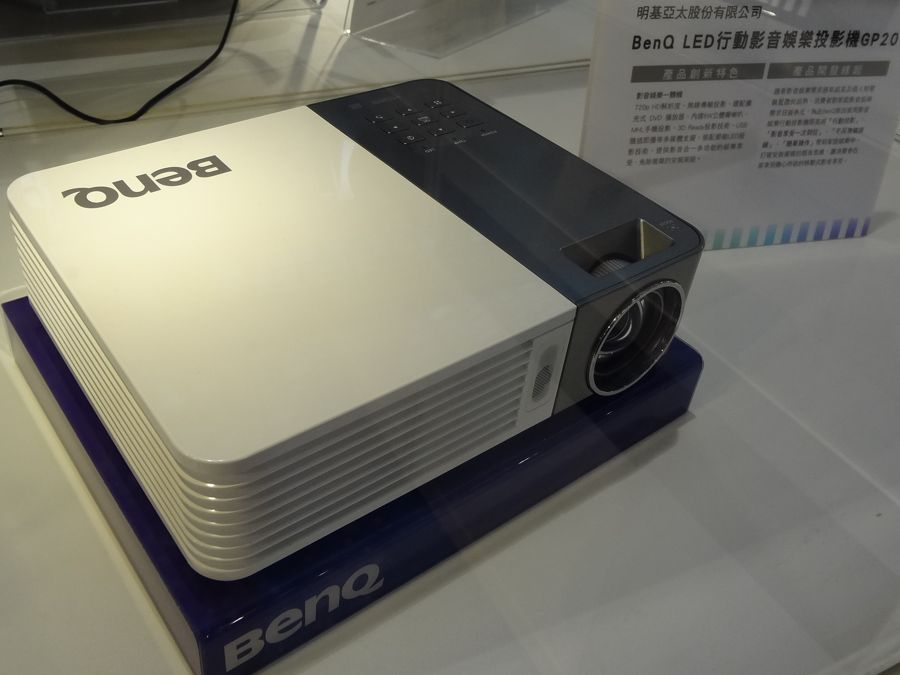
The Current Application of LED Projectors
Imagine the time while you were in school… where projectors were big clanky things on a rolling cart and displayed still images that you had to interchange? If you were to walk into a classroom today you would never be able to find one of those dinosaurs whatsoever! In today’s time students are taught through multiple forms of tech – LED projectors are a huge resource. With an LED projector, children can view powerpoint presenations, videos, detailed infographics and photographs. We have certainly come a long way since the day of the still photo projector.
Technology Has Evolved
Throughout time technology has become more and more a part of our everyday lives, but it has also improved over time as well. Smart phones are known widely around the globe for their sleek look, operating systems and easy access to the internet. However if you have ever owned a smart phone from any company, you know very well that if you buy the latest and greatest item that in a short few months there will be another item better than the one you just bought. Television sets, and technology alike modernize themselves through constant change. The same regard goes with LED, LCD and DLP projectors. These pieces of technology are upgrades of each other, first came the DLP, then the LCD and today we have the LED. All three are still around giving us an opportunity to select which one we want to buy, but why wouldn’t you want the latest and greatest item?
How Are LED Projectors Different?
LED projectors use light-emitting diodes which are more energy efficient and last much longer than other projectors. That sounds like a nice upgrade from the norm, doesn’t it? The LED projector has a lifespan of over 20,000 hours, delivers better colors, and potentially have little to no maintenance cost. DLP and LCD projectors work a tad differently. The DLP projectors use a chip made out of microscopic mirrors and a spinning color wheel to create a desired image. They deliver sharp images, don’t need any filters, and have 3D capabilities. However they do have their down sides; the lamp life is only 2000-5000 hours and some people can see color ghost/banding in some scenes. The LCD projector uses a liquid crystal display and have no moving parts which makes them generally a little less expensive, but they require constant maintenance which means more money.
LED Projectors Take The Cake
Like we talked about in the beginning that as time goes on technology evolves. Well, when something evolves we don’t lose the sight of the first idea, it carries with as it improves. So LED is obviously the latest projectors out there, however they evolved from DLP projectors. So somewhere in LED projectors are similarities to both the DLP and LCD, which also means that it has more than the DLP and LCD. LED Projectors are defined by the lighting, meaning that some DLP projectors that are advertised with “solid-state illumination” technology are actually in-fact LED projectors. We are seeing more often newer projectors coming-out using the technology from the LED rather the DLP and LCD. LED projectors seem to be leading the race of ‘best projector’ by a country mile.
As businesses, schools, and everyday house holds try to keep up with the technology that is available to them, they are turning to LED projectors to satisfy their needs. LED projectors are becoming more and more popular because of their ability to perform multiple tasks and needs of those who own them. The image they project is clear and vibrant, the cost is affordable but competitive, the speed is quick and efficient and most importantly the LED projectors lives up to the standard that it is a high quality projector that can be used in any environment. LED projectors are helping to improve future projectors and devices. So next time you decide to buy a projector make sure its an LED projector.







